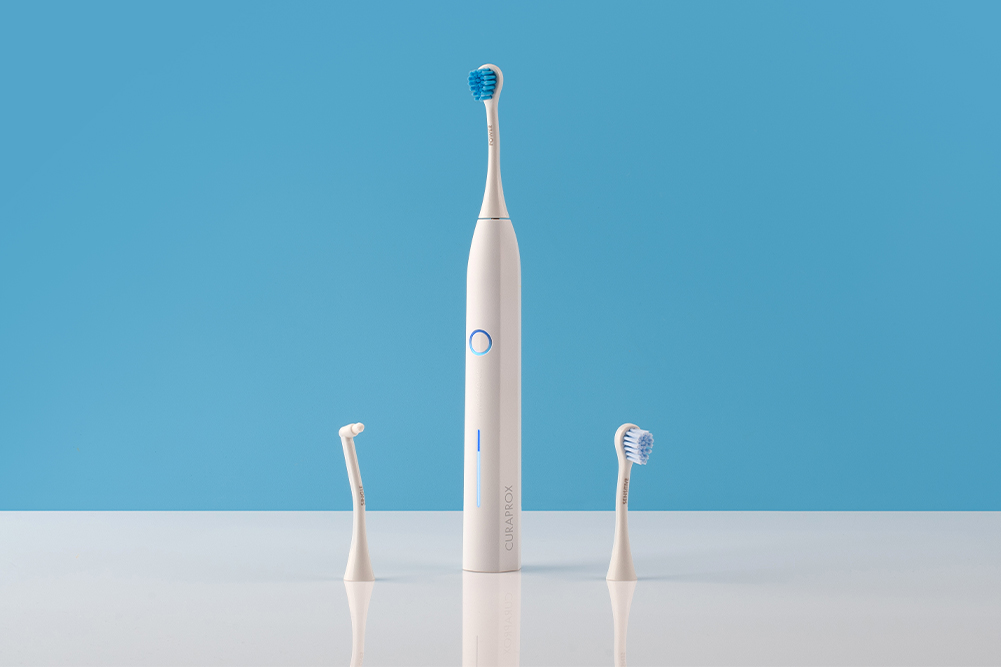Glycine, the underrated nutrient
Over the last few years, collagen has taken the spotlight in the world of natural beauty — and for good reason! If you’re like me, you have a container of it in the cupboard and use it often. But what if I told you that one of collagen’s key building blocks, glycine, deserves just as much attention, particularly during pregnancy, postpartum and as you age?
It is a vital amino acid that plays a key role in collagen production, helping to support skin elasticity and reduce the appearance of wrinkles. It also aids the body’s detoxification processes, promotes healthy liver function and helps reduce inflammation. It is often overlooked and categorised as a “dispensable” nutrient, not essential to be obtained from food.
The trouble is, during certain life stages or times of increased physical stress, the body’s need for glycine can exceed its ability to synthesise it. In these cases, insufficient glycine can result in visible and structural changes to skin, hair, nails, joints and connective tissue.
Pregnancy is a time of rapid growth and transformation and glycine is critical for a mother’s stretching skin, expanding breasts and growing uterus. Adequate glycine levels can help reduce the risk of stretch marks by maintaining skin elasticity. A 2021 study in The Journal of Nutrition highlights that glycine should be considered a “conditional” amino acid, rather than “dispensable”, due to its increased demands in pregnancy. In postpartum, glycine is essential for tissue repair, skin healing and maintaining milk production, as well as restoring depleted collagen stores.
It is a key building block of collagen. Naturally, as you age, the body produces less collagen, causing changes to your skin’s structural integrity and appearance. This results in wrinkles, drier skin and slower wound healing. When levels are insufficient, skin loses its elasticity and hydration, leading to premature ageing.
A study published in the National Center for Biotechnology Information details that declining collagen levels contribute to these ageing effects. Ensuring sufficient glycine intake through diet and supplementation can help maintain optimum collagen levels and in turn reduce premature signs of ageing while supporting overall vitality. As a naturopath and mother of two, currently breastfeeding one, glycine has been a nutrient I focus on obtaining enough of through my diet.
Chicken skin, pork skin, liver and heart are naturally high in glycine. Organ meats, in particular, are some of the most nutrient-dense foods eaten by most ancestral cultures for not only glycine but also essential vitamins and minerals. Bone broth is made by simmering animal bones and connective tissues for several hours. This slow extraction process releases gelatin, which is packed with glycine.
While lower in glycine than meat sources, eggs and dairy still contribute to intake. Egg whites contain small amounts of glycine, while dairy products, including cheese, yoghurt and milk provide a more balanced amino acid profile that complements other dietary sources of glycine.
It is derived from collagen and can be purchased in a powder form and used in a number of recipes such as gummies, marshmallows and soups. I have been making these marshmallows weekly for my daughter and me. We love them in hot cacaos, turmeric lattes or for a little sweet snack in lunchboxes.








